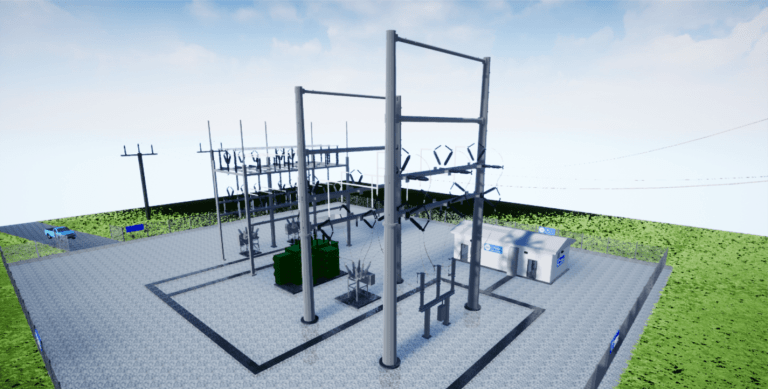
Large investors are acquiring power generation companies and their power delivery assets that supply AI-driven data centers for the next expected bull market from this extremely excited AI boom.
“Major investment firms like BlackRock and Blackstone are moving to acquire U.S. utility companies, aiming to benefit from the increasing electricity demand driven by AI data centers. This trend is primarily fueled by the rising demand for electricity from data centers, which are essential for powering AI technologies.”





